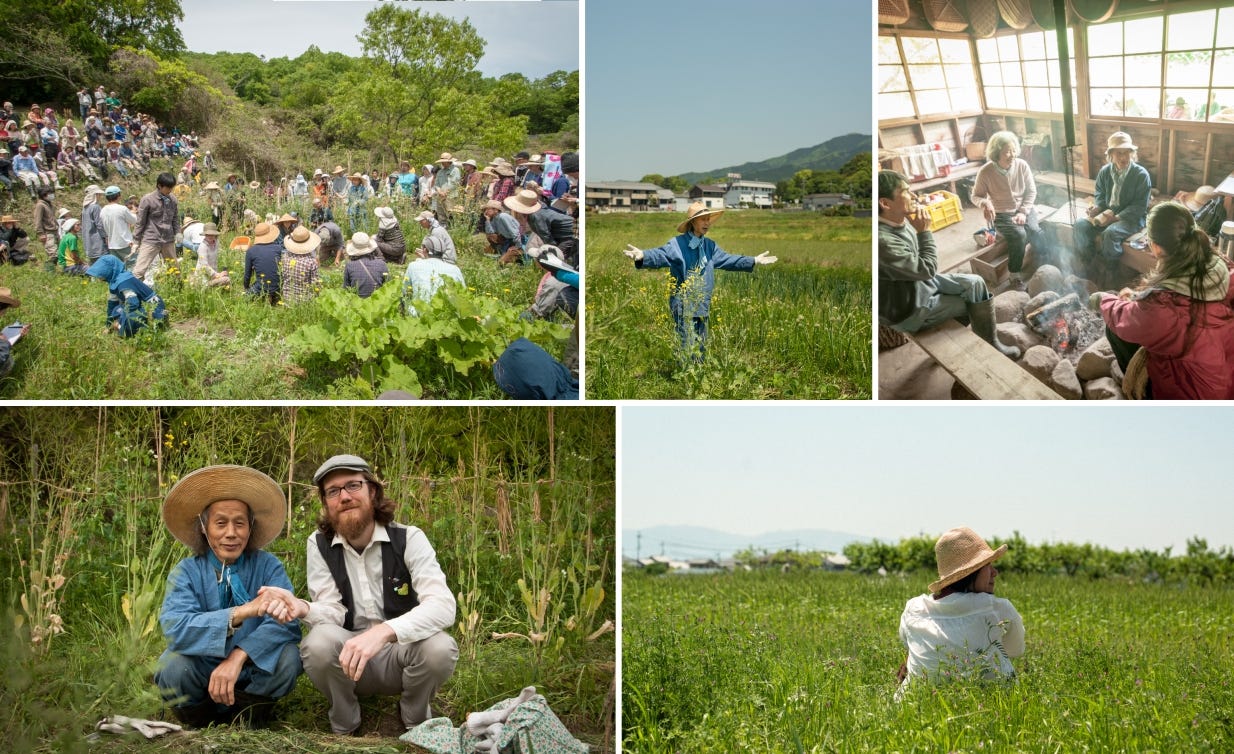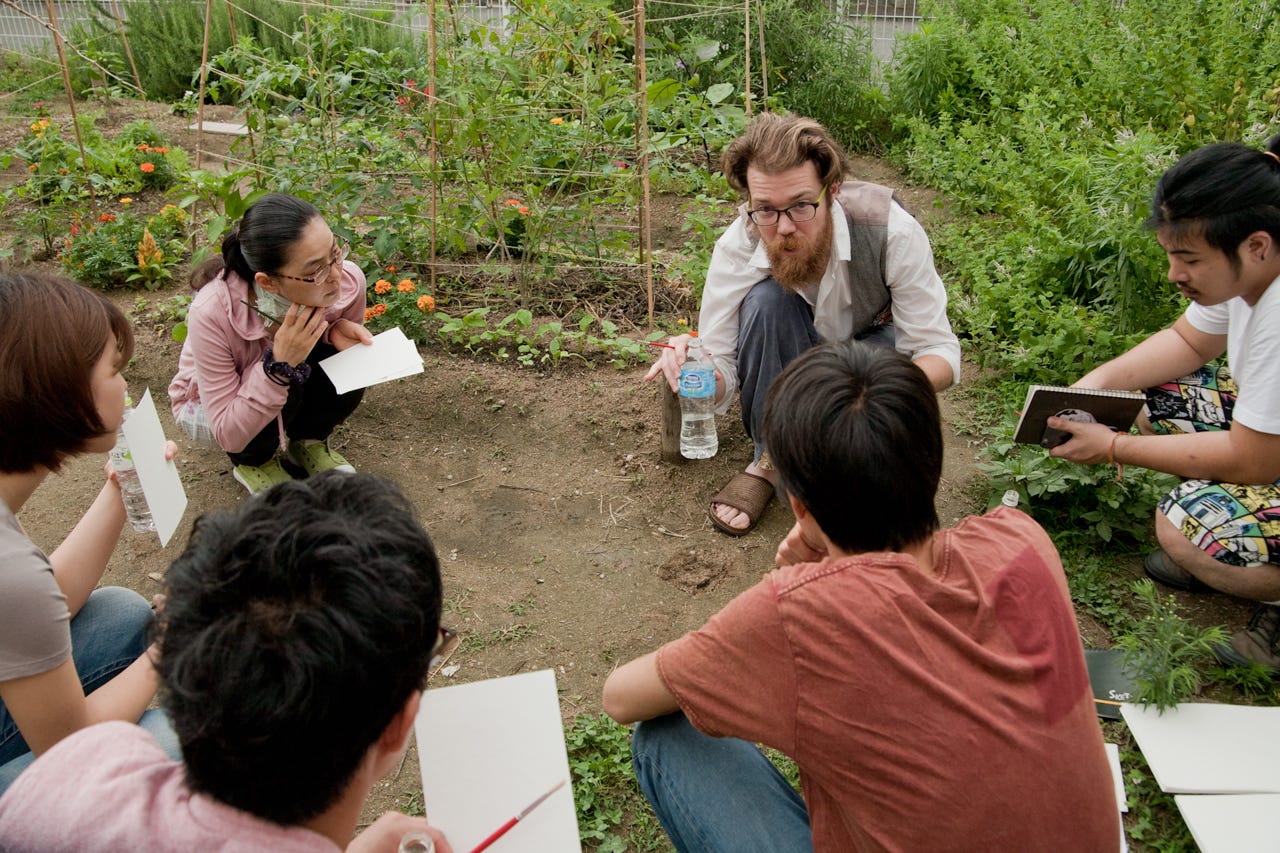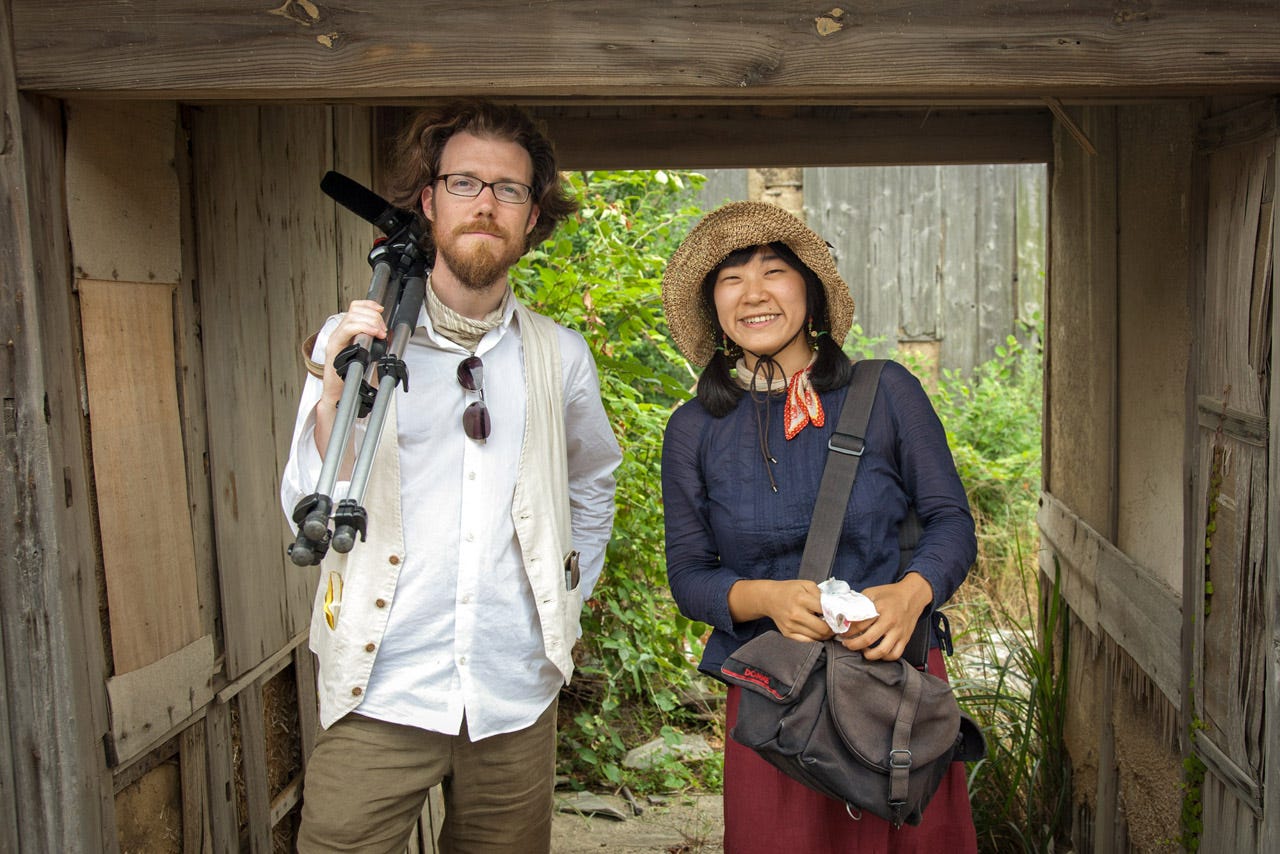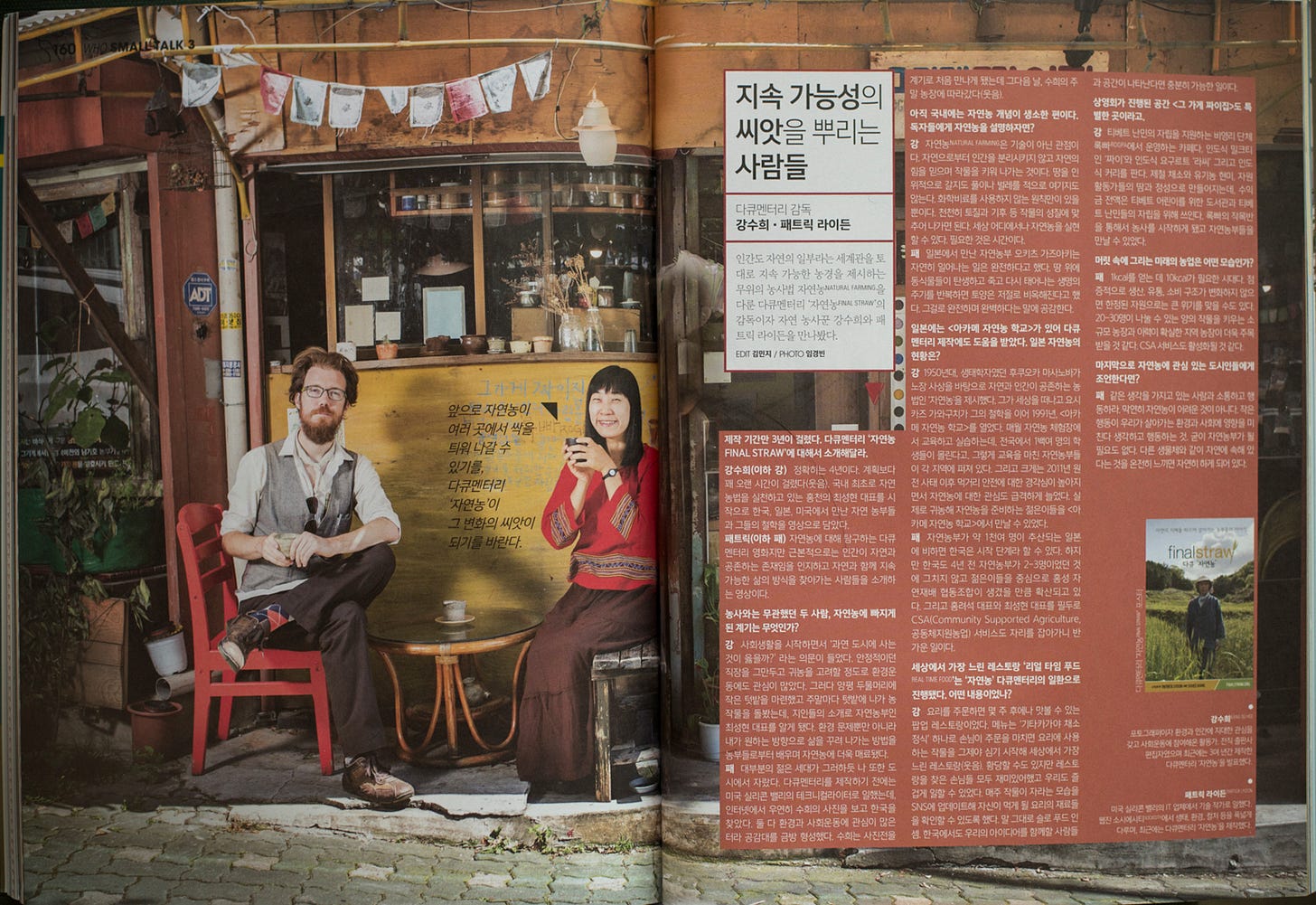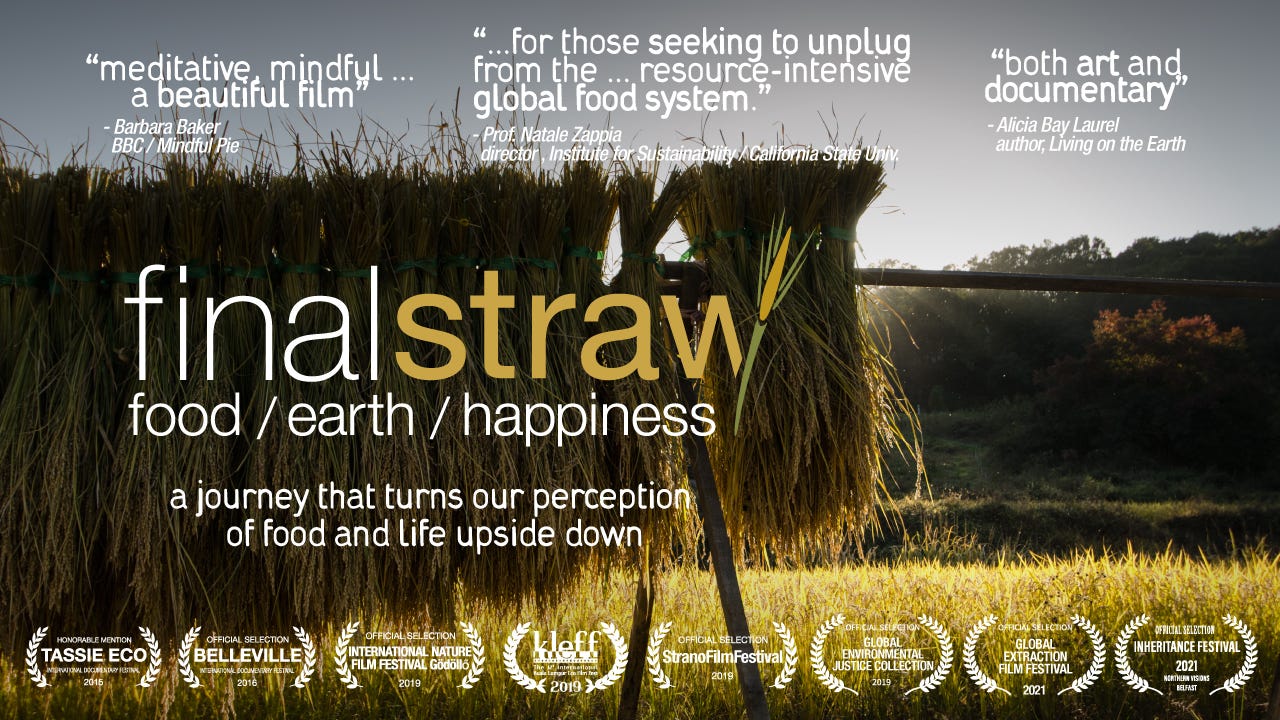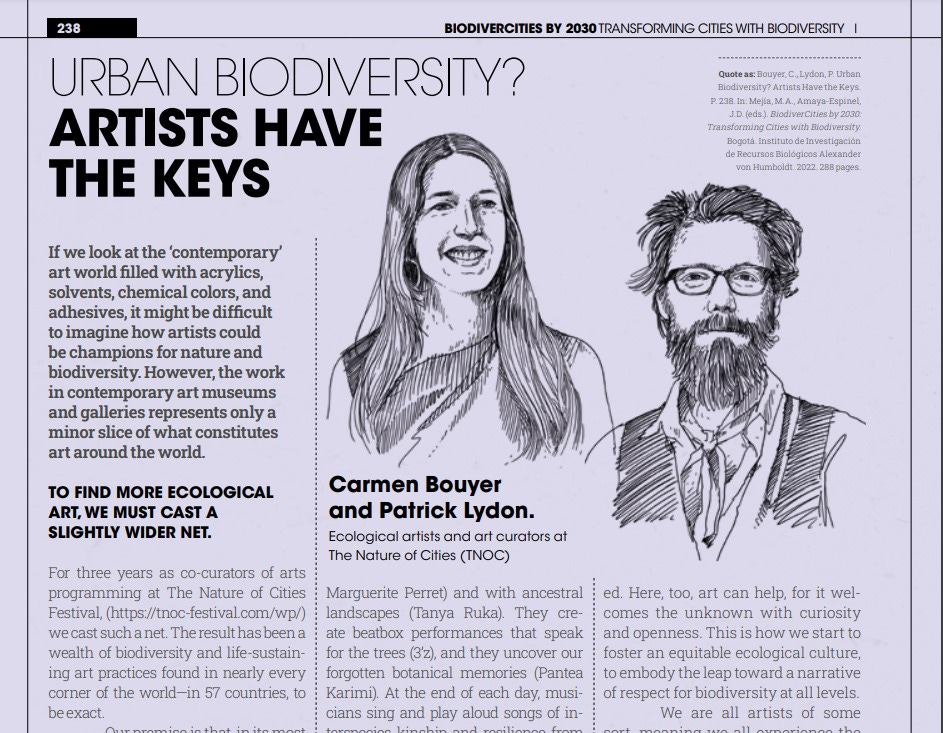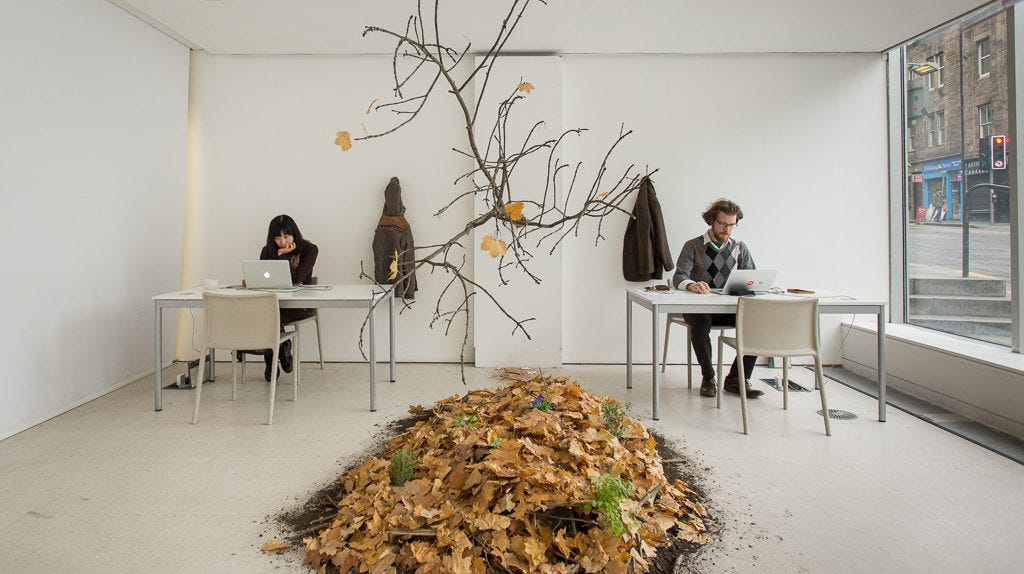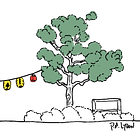What is the possible city, and how do we get there?
In a time when the world runs out of the starting gate every morning on a mission to go faster and get more, The Possible City offers a hymn to slowness, to noticing, and to honoring every little corner of the world around us as if it matters—because it does.
Taking time to slow down in a city, the connections between all things become more visible, and solutions arise in the most unexpected of places.
An ongoing series of illustrations and writings by the internationally-exhibited artist and essayist Patrick M. Lydon, each work here takes us on a journey to the answers that exist in the everyday world around us.
More on the Author
Hi there, I am Patrick M. Lydon and some people call me an ecological artist, or essayist, or regenerative urbanist. After growing up in Silicon Valley, studying art, and then working in the tech industry for a decade, life called me to Japan in 2011 to make a documentary film. That experience changed my view of the world forever.
It also saw me moving full time, into a new life, first in Japan and then Korea. Over these years, I’ve found that many of the big answers that we seek as humans — social, ecological, personal — seem to sit within the act of paying gentle attention to the world around us.
Within this act gentle attentiveness, solutions have a habit of showing themselves in the most unexpected of places.
My work is a journey into these unexpected places, the connections and the answers that exist in the everyday world around us.
These days, I run a creative urban ecology studio called City as Nature (Daejeon, Korea) and am arts editor for The Nature of Cities (New York, USA). Over the years I have written about the art of sustainable cities for Routledge Handbook of Urban Ecology, Nature-Based Solutions for Cities, BiodiverCities by 2030, and publications like Landscape Architecture Frontiers, YES! Magazine, Kyoto Journal, and of course, at The Nature of Cities.
Previously, my partner Suhee and I spent three years producing the documentary Final Straw: Food, Earth, Happiness, part of the award-winning Global Environmental Justice Collection used in university courses throughout North America (Turtle Island). Before that, I was a technical writer / artist in Silicon Valley, but that might be going back a bit too far for our own good here.
The writings here at The Possible City however, are a little different. Every week or so, I publish a new illustration and/or narrative essay, exploring how cities transform when we become more aware of the interconnections — between ourselves, our cities, and this nature. These stories are not always about the cities we currently inhabit, but rather, about uncovering the cities we could inhabit.
This project is independently produced through the support of readers. To join, subscribe above, or just start reading the stories.
Free or Paid Subscriptions: What’s the Difference!?
All stories are available for free by subscribing. However, you might also choose to support this work by becoming a paying subscriber. If you are a student, unemployed, or otherwise find the subscription fee prohibitive, by all means, please use the free subscription option.
A free subscription gives you:
Full access to the newsletter and article archive.
Every new edition goes directly to your inbox.
Be part of a community working towards regenerative cities.
Paying for a monthly or yearly subscription gives you:
The same things as a free subscription, plus…
A small handmade artwork sent to you by mail every winter (monthly subscribers are eligible after a year of monthly subscriptions). Artworks will usually be small hand-printed pieces (last year was a wood block print) made in my studio here in Korea.
And of course, the pure satisfaction of knowing that you are helping this little corner of resistance survive.
I hope you will join me on this journey, as a reader, as a supporter, as a fellow regenerative thinker, or just as a person who wants to see humanity push ourselves into a possible future. To join (free or paid) use the subscribe link below. I send a big welcome to you.
For the Curious, a Backstory
How did I get to this point? Take a dive into my other arts projects and productions at pmlydon.com or at cityasnature.org to explore a bit of that.
Or, read on below for a bit of a backstory…
In 2011, it had been five years since leaving college with a degree in art & design, and a decade since I started working in the Silicon Valley tech world. I had a cushy tech job at the time, writing and illustrating things, drinking free drinks, eating free foods, working some days at coffee shops, living the life I was always told I should want. Then one day I decided to leave all of it. I gave gave up my job, my tiny studio apartment, gave away most of my possessions, became a vagabond, and started to study with the people and places that I thought could help me figure out how human beings can dismount this maddening ride of social and ecological disaster.
Like many of us, I had known the problems, the deep faults, and the other ways for a long time. They were always promptly swept into a dark corner. As that dark corner became pretty well full, it also became impossible for it to escape my gaze in daily life. “At some point,” I thought “there can be no more willful ignorance … the Earth needs us to turn what we know is possible into what we make possible.” For me, that point was some ten years ago.
I left everything I knew behind, and ventured to befriend inspiring individuals around the world—natural farmers, doctors, philosophers, urban planners, artists, mayors, architects, soil scientists, and monks—learning from them, from nature, and enjoying so much kindness and giving, while also enduring times of deep financial poverty, and nights sleeping on the streets.
I would not take back one moment of it.
These years have been a living narrative through hundreds of cities in dozens of countries, where people and organizations in each place have shown very clearly, that tomorrow’s solutions are already available to us right now.
Along the way, I earned a Master’s degree studying the intersection of art and sustainable urbanism at The University of Edinburgh, while also co-directing a film with my wife Suhee. The film, Final Straw: Food, Earth, Happiness, has since been screened thousands of times, translated into more than 7 languages, and is part of the award-winning Global Environmental Justice Collection, used in university courses throughout North America. I could have never imagined that one.
During this time, I also began the City as Nature creative ecology project, held dozens of intercultural exhibitions and workshops, opened an ecological art space in Osaka called The Branch, piloted a farm-to-table project called The World’s Slowest Restaurant, and became the arts and culture editor for a New York based NPO called The Nature of Cities.
I have since co-curated several international events that brought attendees from more than 80 countries together to co-create more sustainable urban cultures.
Some of these experiences formed the basis of a book co-authored with Suhee called A Life Without Anxiety & Competition published by Yeolmaehana Books, as well book chapters like Urban Ecology: Art and the Cultivation of Ecological Mindsets for the Routledge Handbook of Urban Ecology (2nd edition), and articles for publications such as Landscape Architecture Fontiers, YES! Magazine, Kyoto Journal, and Resilience Quarterly.
In all of this, I feel fortunate, that the decision to quit the life that I knew, in favor of the life that I thought was possible has allowed me over time, to facilitate change regarding something that I care deeply about.
Most of us care very deeply about humanity, and most also have some form of deep love for this earth. When it comes to talking about “cities and nature” however, we find it hard to imagine how each can support the other.
I want to help us imagine.
My Other Projects
Various places related to the writing, organizing, art, film, sustainable urbanism, and various other projects I am involved in:
Ecological Art, an archive of my art and writing projects - pmlydon.com
City as Nature, creative ecology lab - cityasnature.org
Final Straw: Food, Earth, Happiness, documentary - finalstraw.org
The Nature of Cities, NPO - thenatureofcities.com & tnoc-festival.com
Start Reading The Possible City
What is Substack?
Substack are the company who built this platform. They help writers focus on doing what they do best. To find out more, visit Substack.com.




